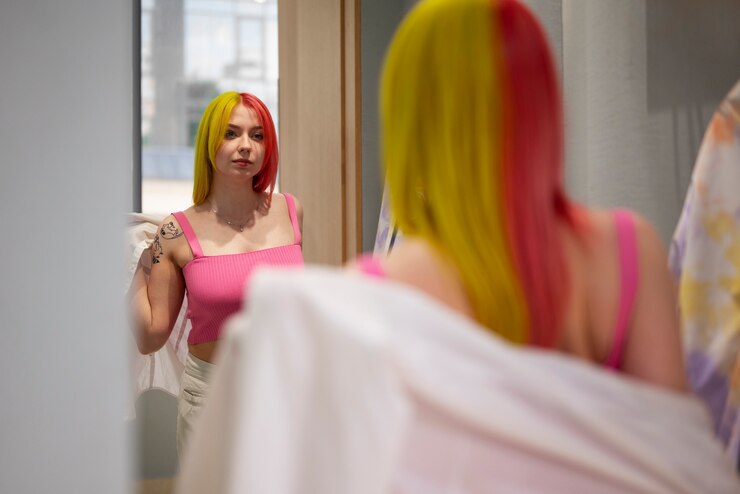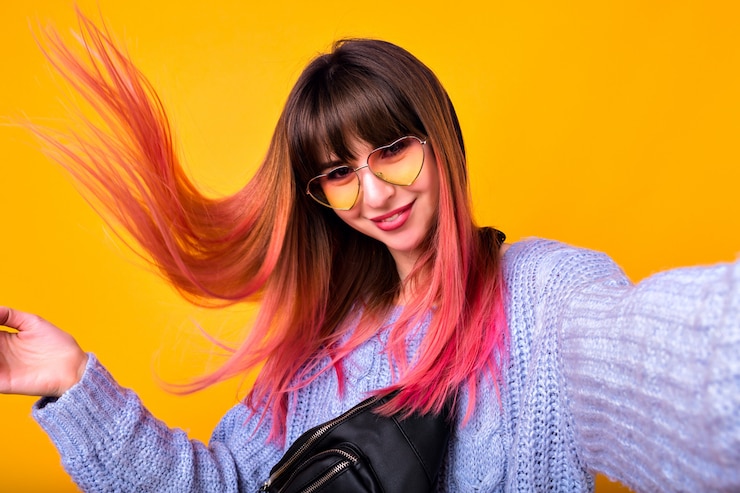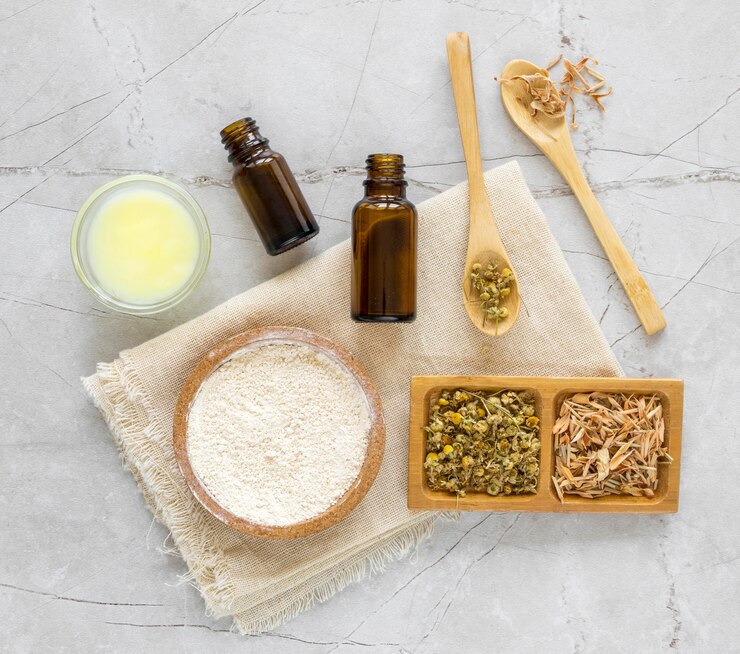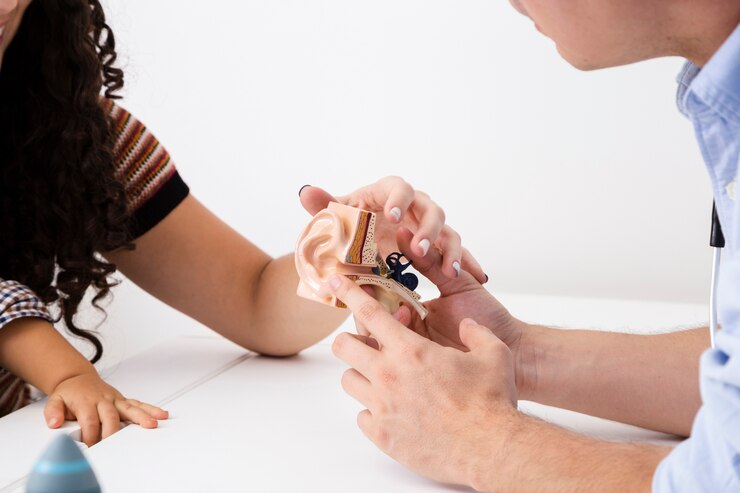
I’ve been coloring my hair for ages. During high school and college, changing my hair color was my go-to beauty fix whenever I felt restless with my appearance—which, like many teenagers and young adults, was quite often!
Over ten years, my natural dark brown hair went through quite the transformation—think fire-engine red inspired by watching “Run Lola Run” weekly, a Prince-worthy purple, and a regrettable Morticia Addams blue-black that needed a $300 salon correction. I mostly relied on drugstore box dyes, but I liked to get creative, even trying lemon juice, henna, and Kool-Aid.
Back then, I wasn’t really into natural beauty or health (because, you know, teenagers think they’re invincible!), so I never worried about the ingredients. Ammonia and formaldehyde were just those strong-smelling substances from my high school biology lab.
Hair dye has improved a lot since the days Jean Harlow’s platinum blonde was considered risky. Still, modern icons like Lady Gaga admit that bleaching can be so painful they need painkillers. If just applying it is painful, who knows about long-term effects?
Even without bleaching, many store-bought and salon dyes contain harmful chemicals like Quaternium-15, which can release cancer-causing formaldehyde, hormone-disrupting alkylphenol ethoxylates, and skin-irritating phenylenediamine. These aren’t exactly things you’d want on your scalp. Some hair dye brands might throw in a few plant extracts and label themselves as “natural” or “organic,” but keep in mind that “organic” isn’t regulated for hair products, so anyone can use the term without proving safety.
If you’re thinking of changing your color or covering greys, there are more natural options. Personally, I’m all for embracing natural greys—it’s trendy now and saves money!
### DIY Options
If you like DIY projects, henna is a classic choice, used since ancient Egyptian times. Pure henna gives vibrant red, but you can mix it with ingredients like chamomile, lemon, and indigo for shades ranging from blonde to dark brown.
A little heads up: DIY henna can be quite messy. Once, after using it, my husband told me he’d find chunks of dried henna around the bathroom for months! If you go this route, consider starting with a commercial product.
For brunettes wanting richer color, try coffee or black tea. Mix a cup of strong coffee or steeped tea with two cups of leave-in conditioner. For deeper tones, boil walnut shells, strain the liquid, and apply!
Redheads can enhance their hue with beet or carrot juice; just apply a cup and leave it for an hour. Meanwhile, blondes might try brightening up with chamomile or lemon juice for natural highlights.
### Salon Options
For dramatic changes or extensive grey coverage, a salon visit is ideal. Look for products that minimize harmful chemicals. Brands like LaBiosthetique and Radico offer less-toxic options in natural shades. Balayage highlights are another way to keep chemicals away from your scalp while achieving a great look.
Right now, I’m sporting bold purple ombre highlights—definitely not a natural shade, unless you’re a tulip! The key is knowing your options and choosing what feels right for you.
Feel free to share your hair coloring tales—or mishaps!—in the comments.
### Recommendations and Tips
If you’re considering commercial henna, a popular brand is Lush. Just be prepared for the messy paste since it needs to be melted like a block. Also, check out EWG’s Skin Deep guide to compare product safety.
As for salons, if you’re in Toronto, Studio Fontana is a long-time favorite of mine. For those seeking henna, I’ve heard great things about Gina’s salon in Whitby.
Remember, whatever you choose to put on your body, even natural products, make sure they’re safe. It’s all about loving yourself and feeling confident in your own skin!


